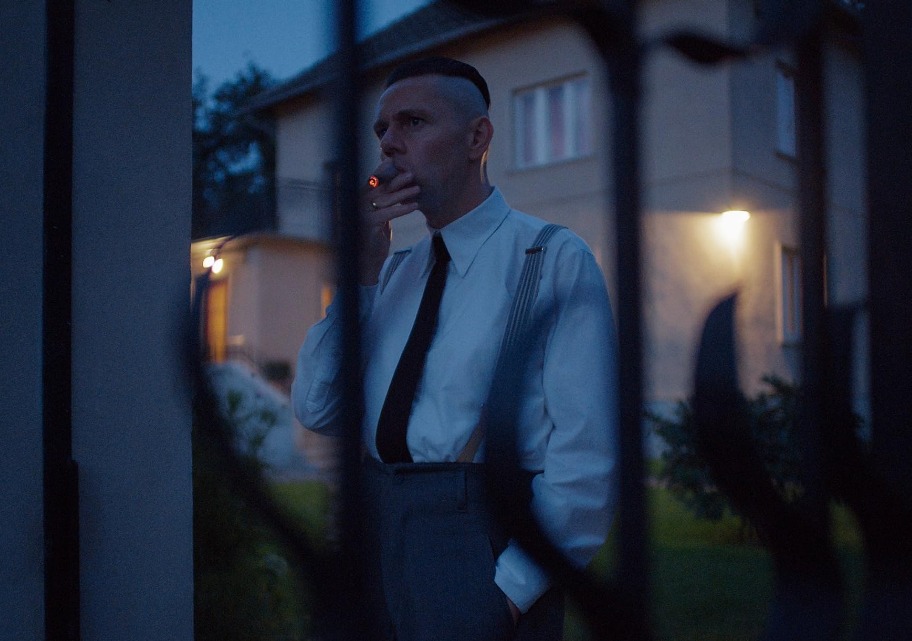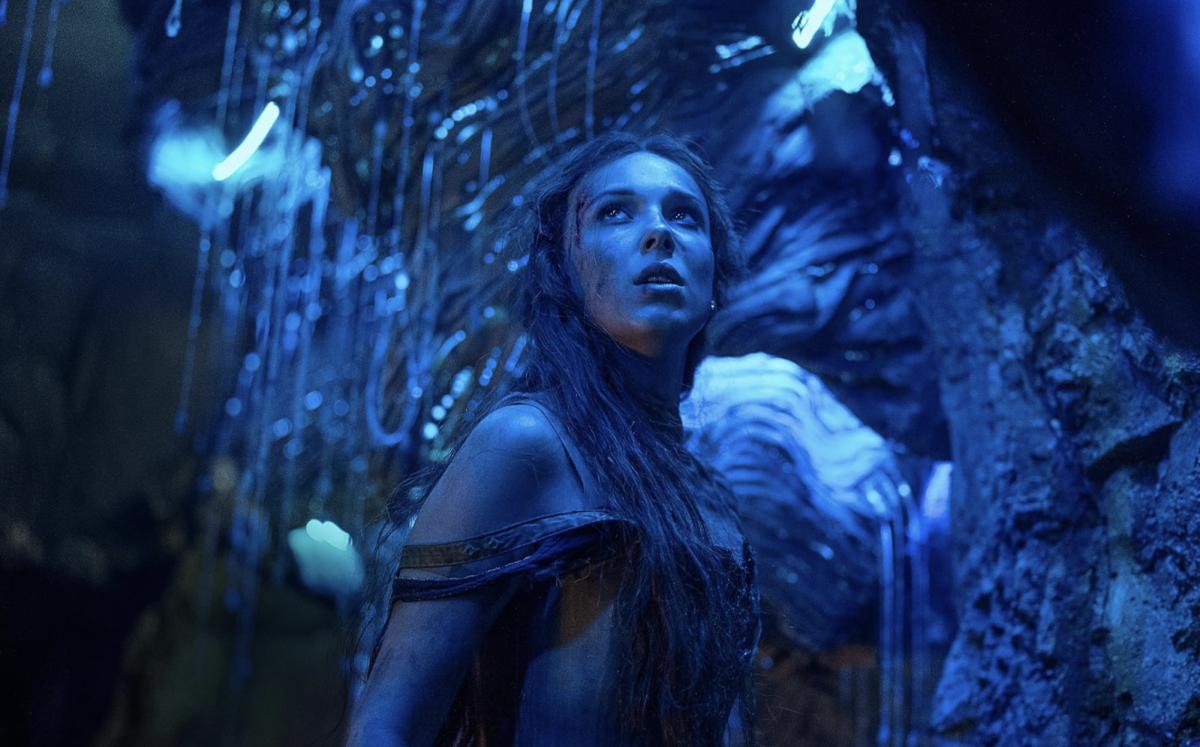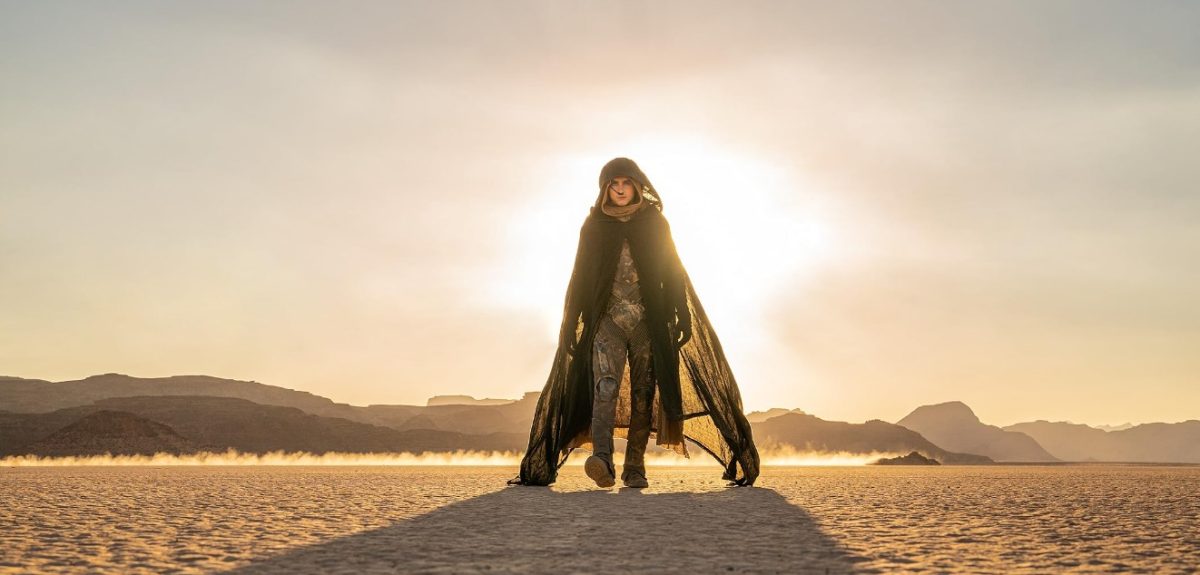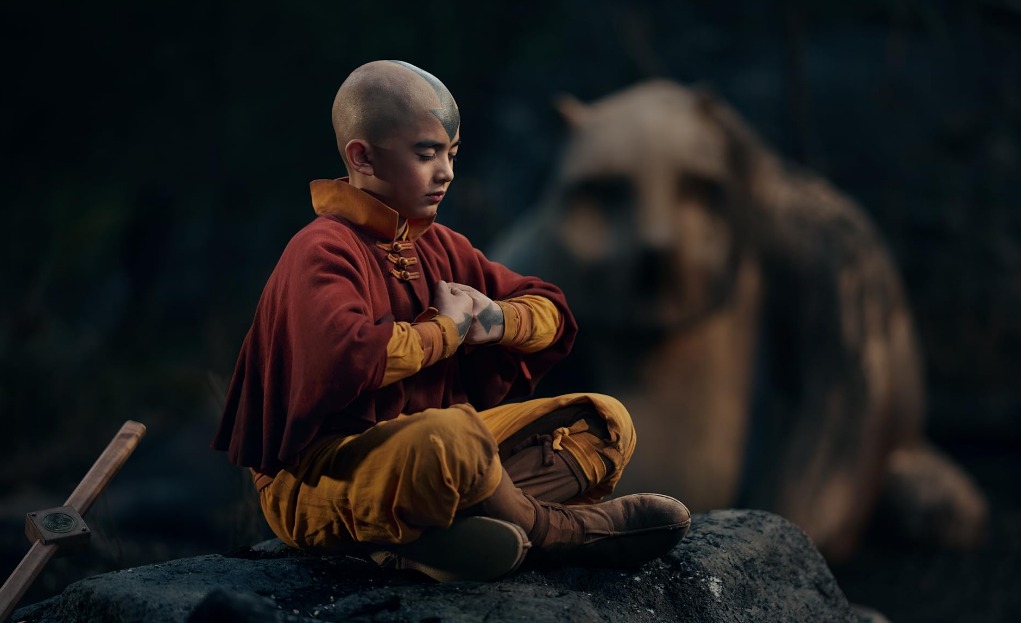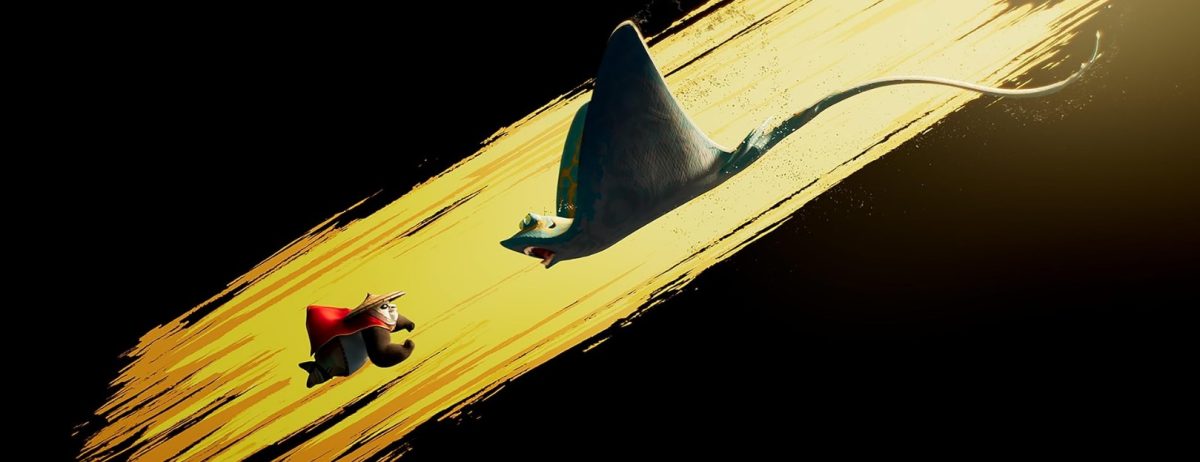
Movies like “Raiders of the Lost Ark” and “Captain America: The First Avenger” offer audiences a clear-cut moral dichotomy between good and evil — a portrayal that resonates deeply with our longing for justice against a widely recognized symbol of malevolence, delivering a satisfying but simple spectacle of justice.
“The Zone of Interest” eschews this simple setup and traditional depictions of Nazis, offering a more nuanced exploration of evil that delves into the understated aspects of human complicity in systemic atrocities. The film embodies the political scientist Hannah Arendt’s concept of the “banality of evil,” in which monsters are not caped supervillains but ordinary individuals engaging in everyday activities — caring for their children, working hard and taking pride in their achievements. The intertwining of the mundane and the monstrous prompts viewers to contemplate a quiet evil — one far more disturbing and subtle than typical binary Hollywood narratives.
Set against the grim backdrop of the Holocaust, the film follows Rudolf Höss (Christian Friedel), the commandant of Auschwitz, as he navigates the complexities of running a death camp while maintaining an idyllic family life. Friedel chillingly embodies a paradox: at once a family man and an architect of mass murder. The unremarkable paterfamilias plays with his dog and reads “Hansel and Gretel” to his children at bedtime, listlessly describing how the fairytale characters shove a witch into the oven and live happily ever after. In parallel scenes, he dispatches vaguely worded, quotidian orders while dispassionately contemplating the efficiency of the camp’s crematoriums.
Höss’s wife, Hedwig (Sandra Hüller), and their five children swim and frolic on their beautifully manicured lawn just next door to a site of mass murder. Hüller delivers a masterful performance, adding another layer to the film’s facade of normalcy. In one scene, Hedwig shows off her bountiful vegetable garden and recounts her efforts to plant vines on the gray walls that separate their garden from the death camp. In other scenes, she carelessly spreads clothes from Holocaust victims across her dinner table, chooses the finest pieces and casually cracks jokes about her selections.
The eldest son, Klaus (Johann Karthaus), appears to be equally unperturbed by the ongoing atrocities, examining his collection of teeth from murdered Jews with curiosity and detachment. The juxtaposition between the household’s humdrum routines and hints of horrors behind the wall challenges the audience to confront the very ordinary faces of evil. Friedel’s and Hüller’s powerful performances underline the ease with which wickedness can become normalized within everyday life, offering a stark reminder of our potential for complicity in the face of atrocity.
The film’s cinematographic approach amplifies its dissonance and emotional impact. The restrained color palette and static cinematography parallel the chilling indifference of the characters. The heavy use of white, from Höss’s pristine suit to the color of the buildings, reflects the characters’ attempt to distance themselves from the darkness next door. The color grading is flat, casting everything in dull hues and stripping life from usually vibrant objects such as naturally green trees or a rich mahogany dresser.
Cinematographer Łukasz Żal’s preference for static wide shots over handheld camerawork or intimate close-ups highlights the characters’ clinical detachment from the Holocaust’s horror, establishing a visual and emotional gap between the audience and the characters. This choice, along with the frequent use of prolonged shots that linger on unsettling scenes without cutting away, positions the viewer as a mere observer. It effectively mirrors the characters’ inaction and denial, thus passively permitting the depicted atrocities to continue. While this approach significantly impacts the audience and cleverly underscores the theme of collaboration, it also slows the film’s pacing.
Director Jonathan Glazer’s decision to conceal rather than reveal the implied horrors behind the wall is perhaps the film’s most effective and controversial narrative tool. By shooting primarily on the villa grounds, the film mirrors the characters’ willful ignorance of the death camp. There is only one solitary shot of the camp’s interior, which is devoid of graphic violence but heavy on implication. Instead, the movie relies on the ambient sounds of torture and visual reminders of furnaces billowing smoke as a backdrop to the family’s bucolic life.
The movie’s sound design is particularly impressive, setting a tone of unease and anticipation. The opening sequence shows a black screen punctuated by a distorted alarm sound and indistinct whispers of pain and suffering. Throughout, we hear screams and gunshots interrupting the scenes of domestic triviality and children’s laughter. The intensity of the soundscape stands in stark contrast to the film’s visual restraint and is at first jarring to the audience before gradually fading into the background, mirroring the characters’ desensitization. The progression of the viewer’s initial shock to acceptance cleverly ties into the movie’s theme of adaptation and complicity. However, for some viewers, this skirting around the horrors potentially trivializes the Holocaust, and the extended focus on the Höss family’s domestic bliss may feel disrespectful.
Nonetheless, “The Zone of Interest” is worth seeing and is particularly relevant today, given the recent rise in anti-semitism and authoritarian regimes. The movie challenges conventional portrayals of villainy by exploring the unsettling reality of evil in its most ordinary forms. Through its nuanced storytelling, performances, stark visuals and innovative sound design, the film invites audiences to reflect on their potential for complicity, not necessarily through overt actions but through the quiet acceptance or denial of atrocities outside their backyard. This thought-provoking narrative goes beyond a moral reckoning of our past and is a cautionary tale as we navigate the new normal of populist movements, systemic conflicts and violence.


